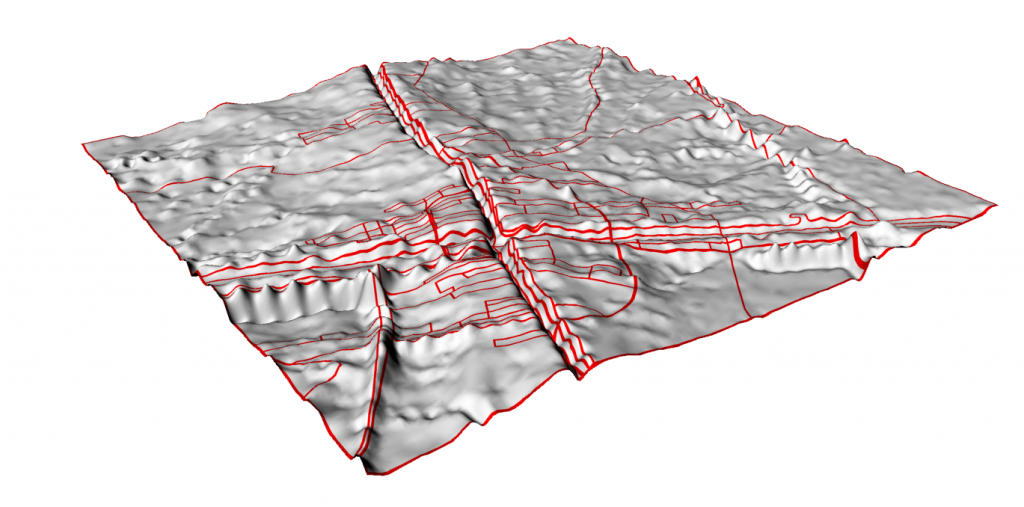


J., 1989, Depositional, diagenetic, production, and seismic characteristics of a Mid-Dip Tuscaloosa point-bar complex, Little Creek Field, Mississippi : American Association of Petroleum Geologists Bulletin, v. D., 1987, Seismic and geologic interpretation and reservoir properties of the Lower Tuscaloosa B Sandstone, Olive Field, southwestern Mississippi: Society of Exploration Geophysicists, Annual Meeting, New Orleans, p. W., 1977, A CO 2 Tertiary recovery pilot, Little Creek Field, Mississippi: Society of Petroleum Engineers, Paper 6747, 7 pp. 350.Ĭronquist, C, 1968, Waterflooding by linear displacement in Little Creek Field, Mississippi: Journal of Petroleum Technology Transactions, v. F., Jr., 1963, Recent meander belt deposits of the Brazos River: An alluvial “sand” model : American Association of Petroleum Geologists Bulletin, v. The success of the point-bar facies model in predicting reservoir distribution can be measured by the high success rate of drilling by the main operators as compared with that of the surrounding farmed-out acreage. This chapter represents one of the first uses of facies models in the oil industry and is a documentation of the first point-bar reservoir to be explored and produced with geologic forethought. It is this model which, in the late 1950s and early 1960s, guided the exploration and development of Little Creek Field, the case study of this chapter. Research on modern point bars in the Brazos River of South Texas in the period 1953 to 1960 led to the formulation of a facies model that was directly applicable to subsurface exploration (Bernard and Major, 1963). Meander belts represent the first genetic sequences that were understood by geologists.


 0 kommentar(er)
0 kommentar(er)
